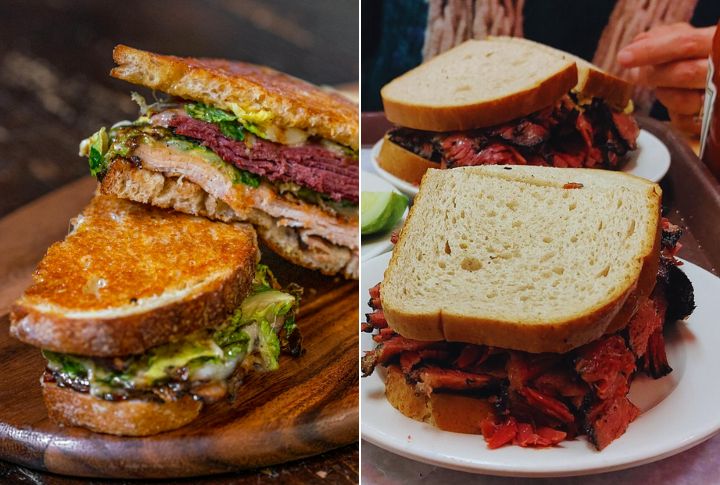
At first glance, these sandwiches can fool even the best of us. But what’s stuffed between those slices holds the secrets. The real difference goes beyond just turkey versus corned beef. This list breaks down ten subtle and savory clues between Reuben and Rachel so that you never have to ask again.
Pay Attention To The Meat
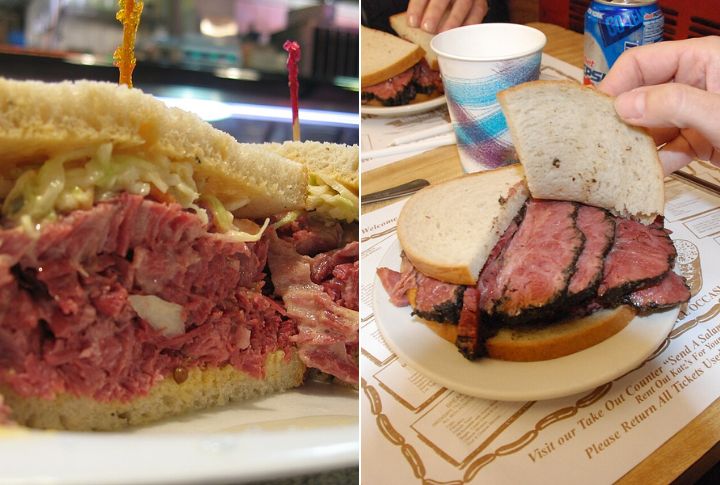
Start with the protein—corned beef signals a classic Reuben, offering saltiness and richness from its brined preparation. Turkey or pastrami appears in a Rachel, leaning lighter and often thinner-sliced. This ingredient plays a big role in shaping the flavor profile, so keep your eye (and taste buds) on the filling.
Spot The Slaw Swap

In the middle of a bite, the texture and tang of sauerkraut give it away. That fermented crunch belongs to Reuben. The Rachel replaces it with coleslaw, which is creamy and sweet and makes the whole sandwich feel softer and fresher. One brings bite; the other brings a cool contrast.
Compare The Temperature
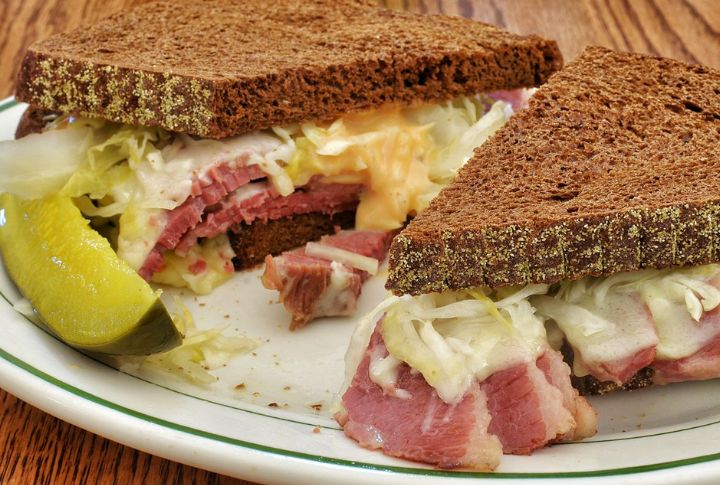
Not every sandwich brings the heat. The classic Reuben is served warm, featuring melted cheese and hot beef between perfectly grilled, crispy bread. Rachel doesn’t always play by the same rules. Turkey and slaw make it just as likely to be served cold as well as hot.
Notice The Dressing Drip
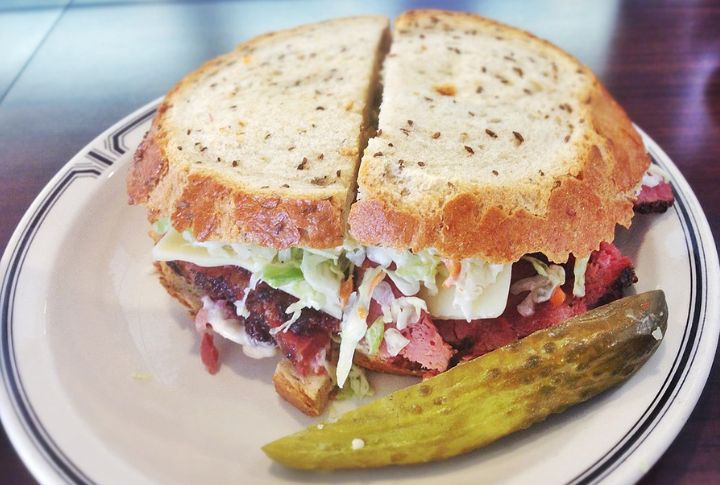
Expect some drip if Russian dressing is involved. This creamy, savory condiment pairs with the Reuben and loves to make a mess. Thousand Island is the usual match for Rachel—sweeter, milder, and a little more reserved. Check what’s sliding out the side for a clue.
Taste The Tang

Notice the sharp zing in the middle of your mouth? That’s fermented cabbage working overtime. Sauerkraut’s bold acidity is a Reuben giveaway, while coleslaw in a Rachel settles on the tongue more gently. That tangy bite quietly reveals which sandwich you’re dealing with.
Look At The Cut Side
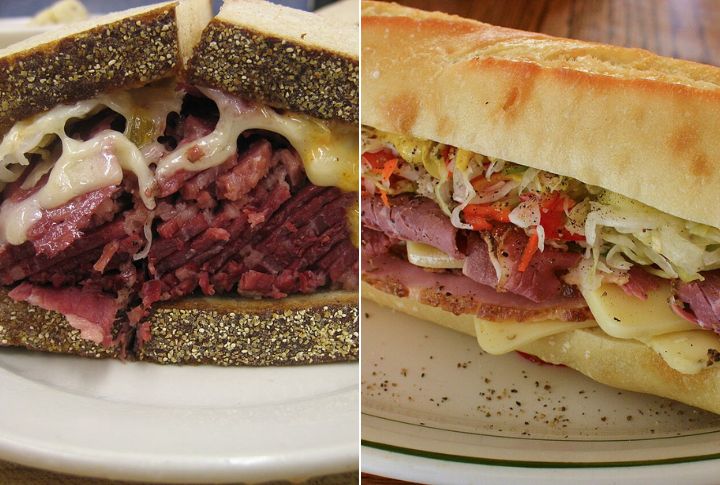
Visually, the fillings reveal a lot. Thick slices of corned beef and shredded kraut stack the Reuben with weight. Smoother layers of turkey and pale slaw show up in the Rachel. Even before you take your first bite, a cross-section can clue you in.
Observe The Bread’s Grease Line
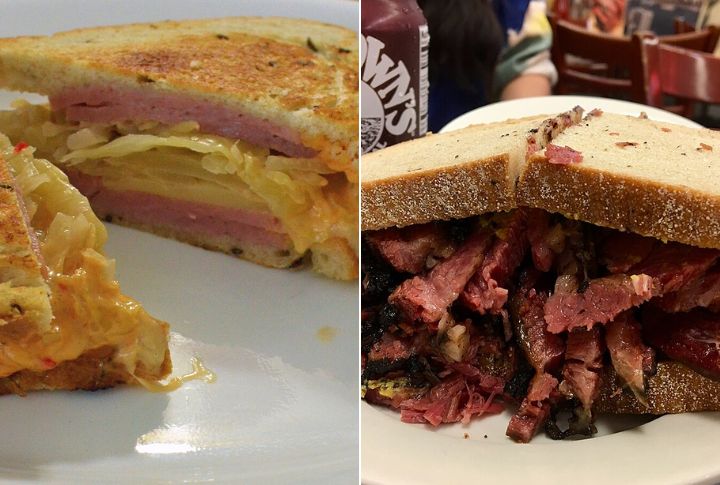
Rye bread tells secrets if you pay attention. Juicy corned beef and melty cheese often leave a translucent line behind—one of the three em dashes you’ll spot in a Reuben. A Rachel sandwich’s ingredients tend to stay put, keeping the bread a little drier and neater.
Feel The Weight
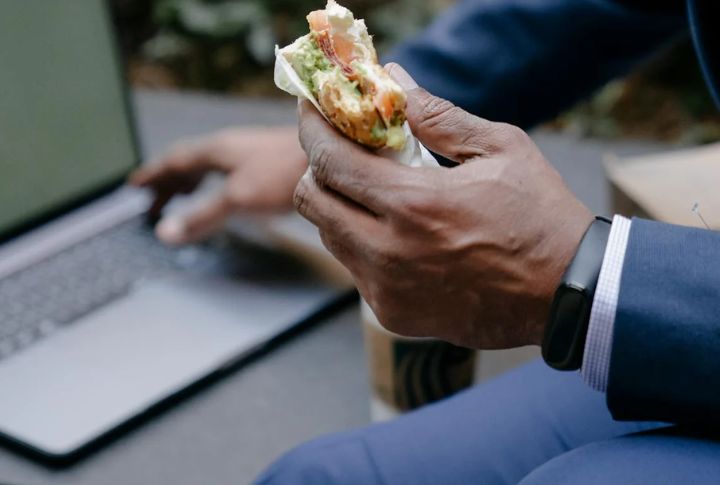
Pick it up and judge the heft. A Reuben feels dense from layers of corned beef and sauerkraut. Lighter fillings like turkey and slaw give the Rachel an easier lift. The difference doesn’t just come from calories but from its weight, and your hands will notice it before your mouth does.
Think About The Crunch Factor

Crunch doesn’t come from where you’d expect. In a Reuben, the sauerkraut and toasted rye play tag-team to deliver a bold, hearty bite. Rachel’s crunch is gentler, mostly from the coleslaw. Textures make all the difference, especially when your teeth are the first to know.
Watch The Cheese Stretch
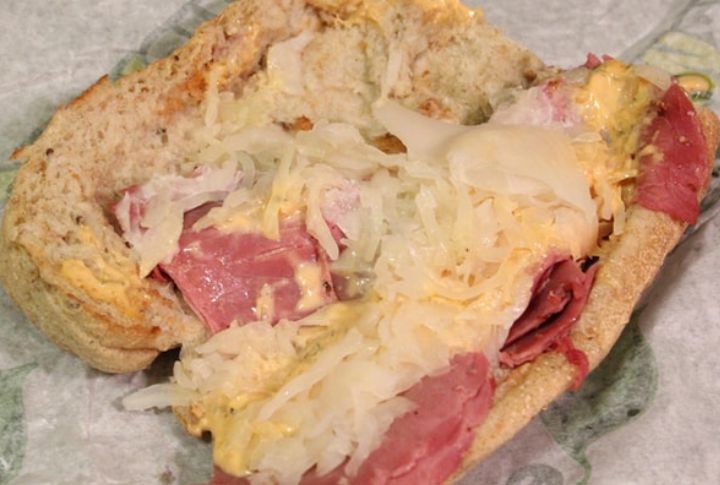
Pull it apart slowly, and if strings of melted Swiss trail behind, you’ve got yourself a Reuben. The Rachel sometimes skips the dramatic cheese pull, especially if served cold or with a lighter melt. When in doubt, stretching the sandwich is the simplest way to get confirmation.
Leave a comment